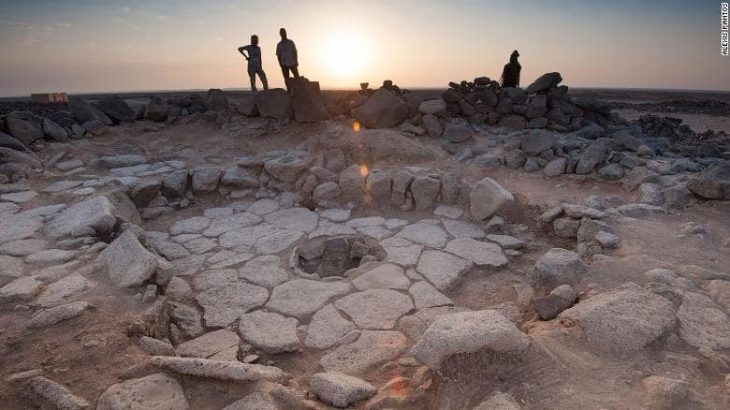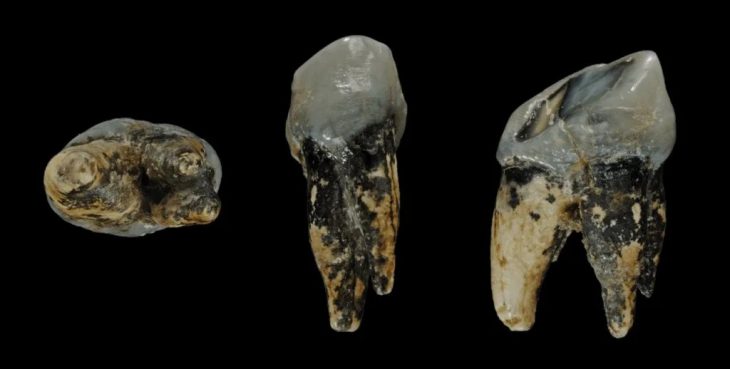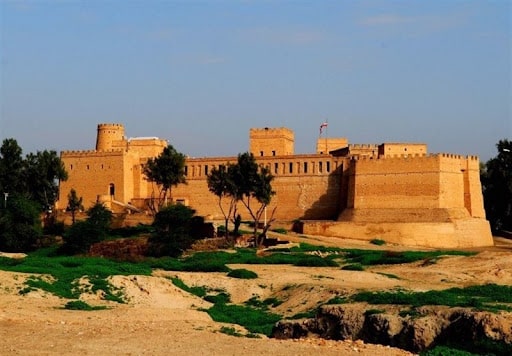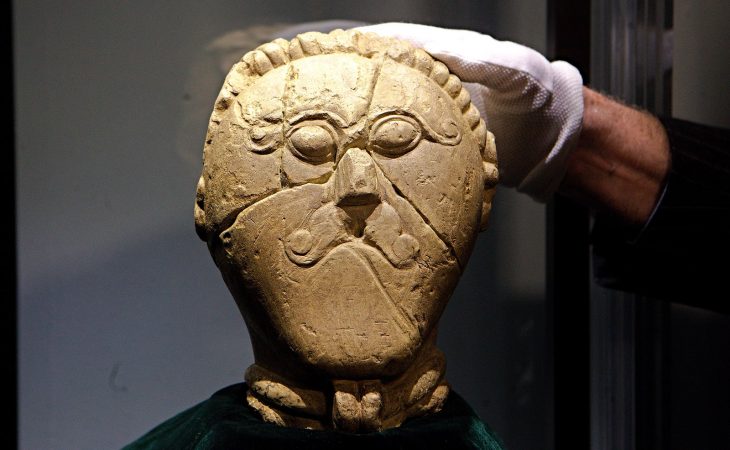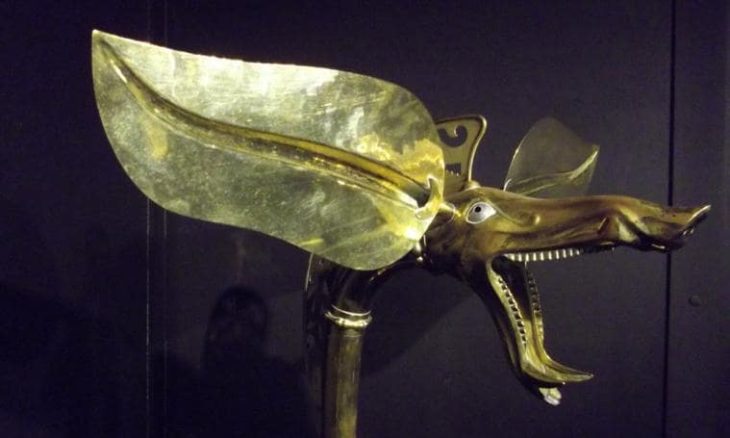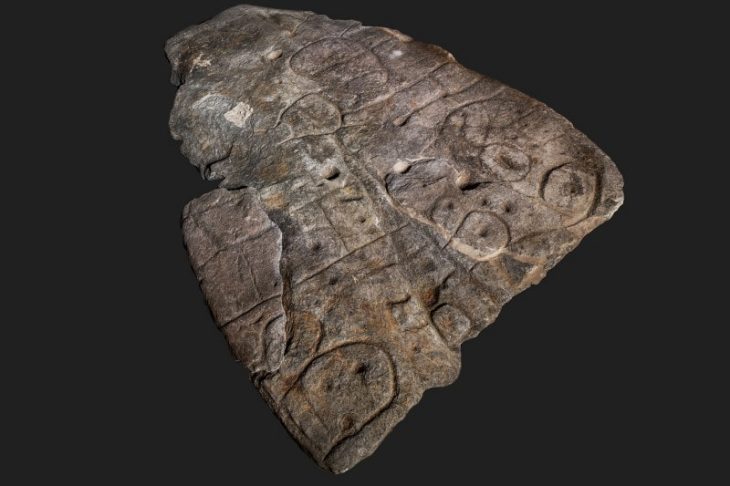For many years in a row, wine has been a popular alcoholic beverage consumed worldwide. While we associate many things we know and love about wine drinking with European wines, especially French and Italian wines, winemaking began further away from Europe.
When humans started gathering grapes on purpose, winemaking got its two possible places of origin. Winemaking can be traced back thousands of years to ancient societies in China and the Middle East.
But Georgia seems to be the oldest in this regard. Because the old wine remains in Georgia are dated to 5980 BC. This result should not be surprising for a country claiming to have more than 500 grape varieties.
The country, which straddles the fertile valleys of the south Caucasus Mountains between Europe and the Middle East, may have been home to the first humans to conquer the common grape.
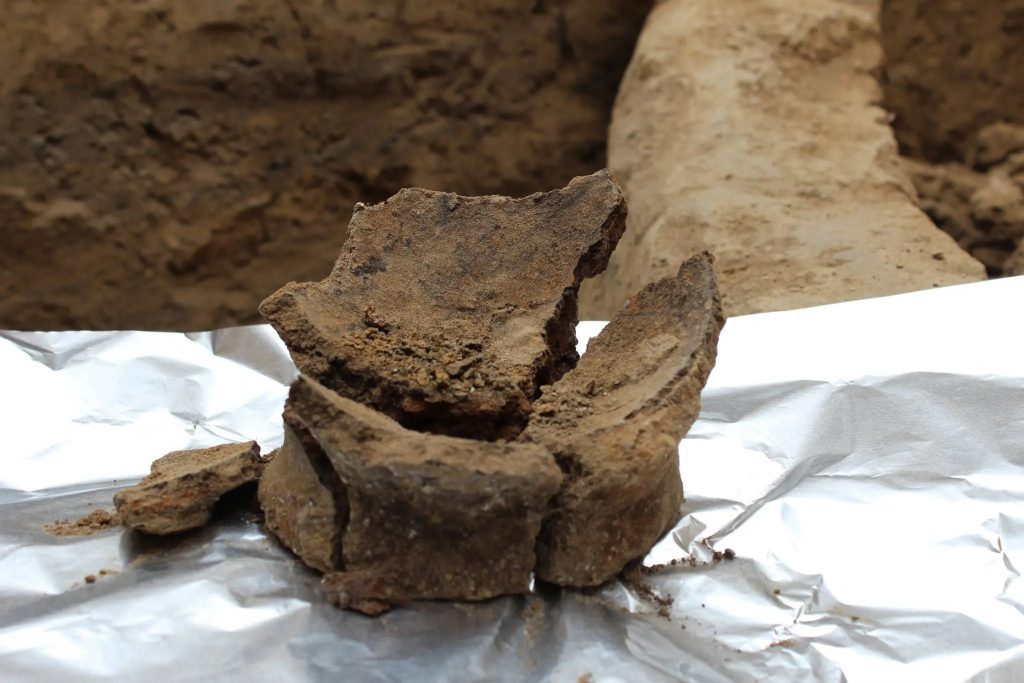
In 2017, researchers found wine residue on pottery shards from two archaeological sites south of the Georgian capital, Tbilisi, in Georgia dating back to 6,000 BC. The findings are the earliest evidence so far of wine made from the Eurasian grape, which is used in nearly all wine produced worldwide.
📣 Our WhatsApp channel is now LIVE! Stay up-to-date with the latest news and updates, just click here to follow us on WhatsApp and never miss a thing!!
Patrick McGovern, a molecular archaeologist from the University of Pennsylvania Museum of Archaeology and Anthropology, the findings push back the previous date for the oldest evidence of winemaking by about 600 to 1,000 years, which was previously identified in Iran. But it does not dethrone China as the location of the earliest known fermented beverage, which Dr. McGovern dated to 7,000 B.C.
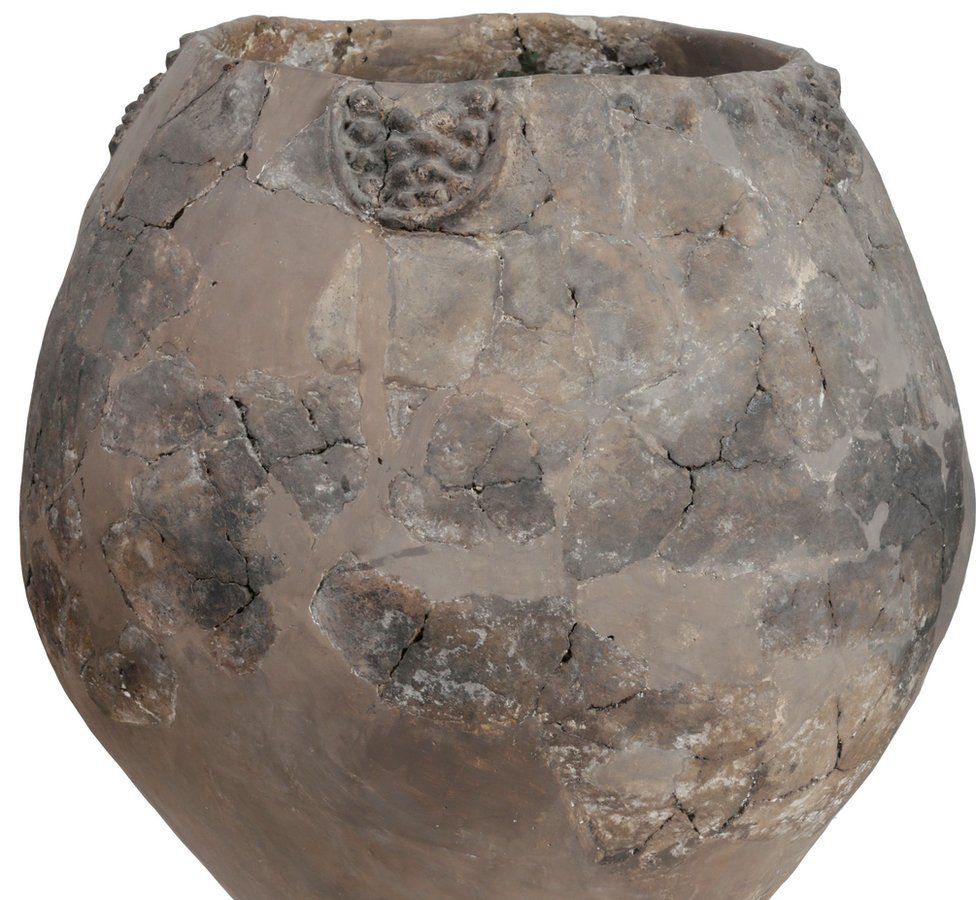
That drink, however, was most likely a cocktail consisting of rice, honey, hawthorn fruit, and wild grapes, unlike this most recent finding, which was pure grape wine. That’s why Georgian wine is one step ahead of China’s cocktail fermentation.
Telltale chemical signs of wine were discovered in eight jars, the oldest one dating from about 5,980 BC, the pottery jars were discovered in two Neolithic villages, called Gadachrili Gora and Shulaveris Gora, about 50km (30 miles) south of Tbilisi.
It is very interesting that large jars similar to these big jars called Qvevri are still used in winemaking in Georgia.
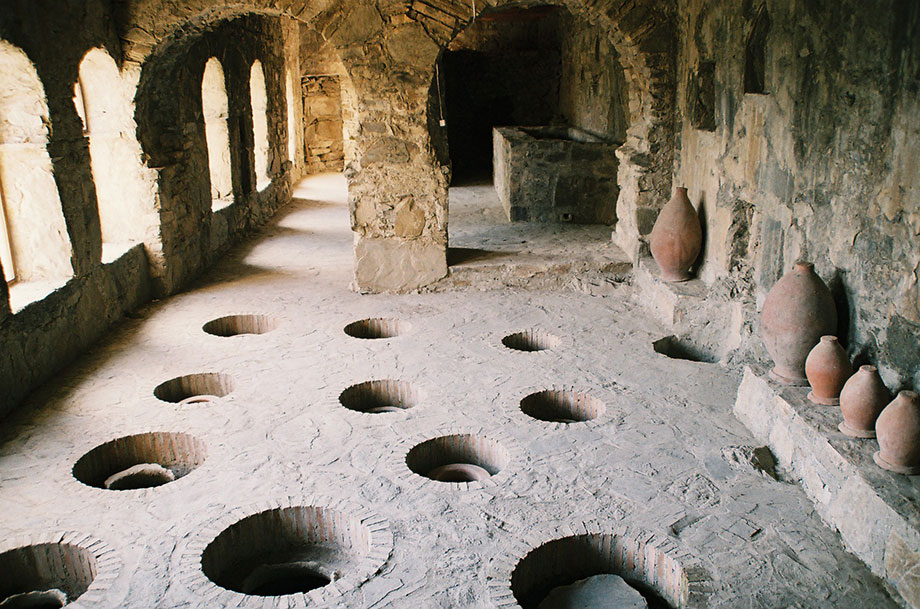
These early Georgians discovered grape juice could be turned into wine by burying it underground for the winter. Some of the Qvevris they were buried in could remain underground for up to 50 years.
The very large-capacity jars, some of the earliest pottery made in the Near East, probably served as combination fermentation, aging, and serving vessels. They are the most numerous pottery type at many sites comprising the so-called “Shulaveri-Shomutepe Culture” of the Neolithic period, which extends into western Azerbaijan and northern Armenia. The discovery of early sixth millennium BC grape wine in this region is crucial to the later history of wine in Europe and the rest of the world.
Wine continued to be important to the Georgians, who incorporated it into art and sculpture, with grape designs and evidence of wine-drinking paraphernalia found at ruins and burial sites.
Although the Qvevri were useful, the problem of storage and transportation must have come to the fore with the spread of Wine from the Middle East to other regions. Large earthenware jars were incredibly heavy, so a more practical vessel, called amphora, was invented.
The finds were published in the journal Proceedings of the National Academy of Sciences (PNAS).
https://doi.org/10.1073/pnas.171472811
Cover photo: Eleqvino



